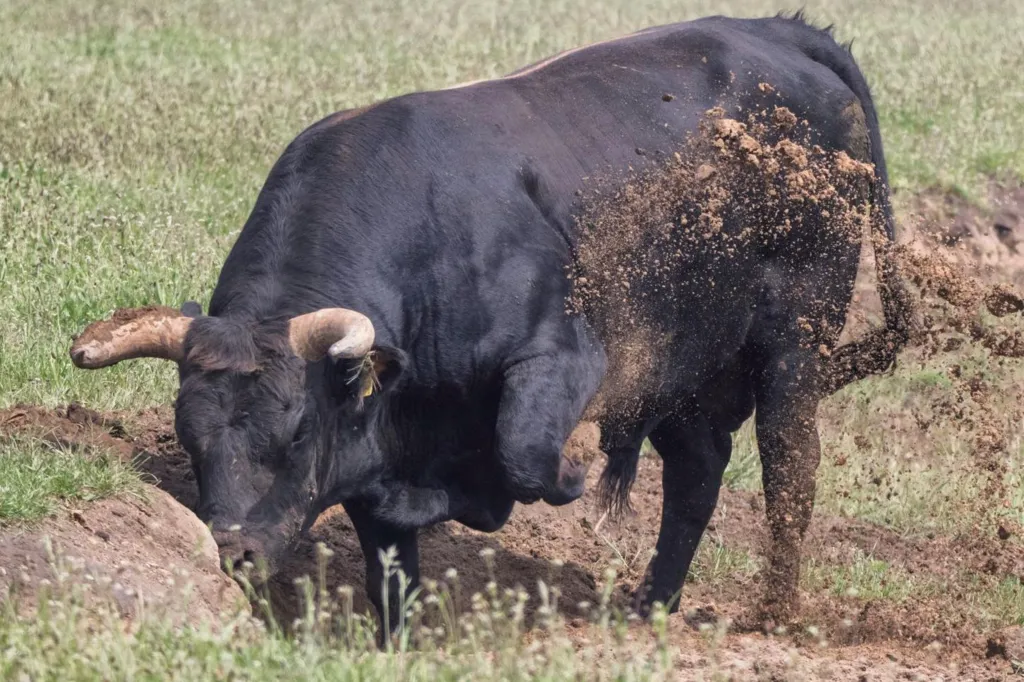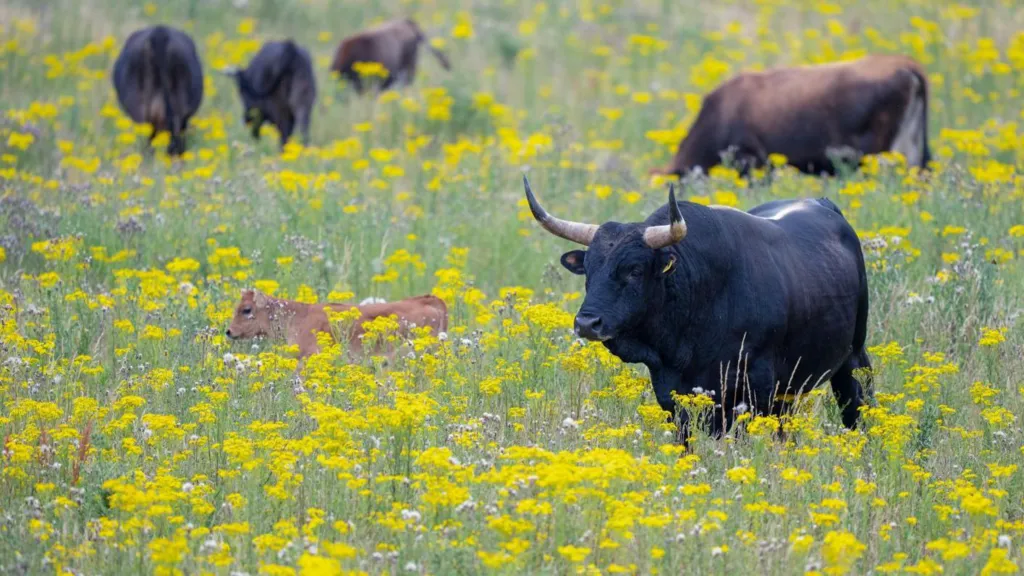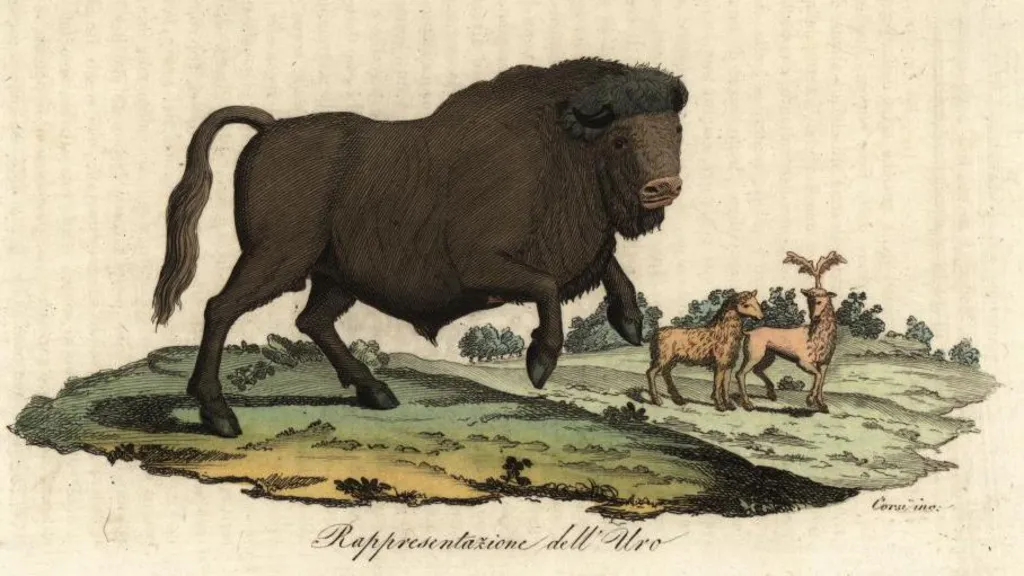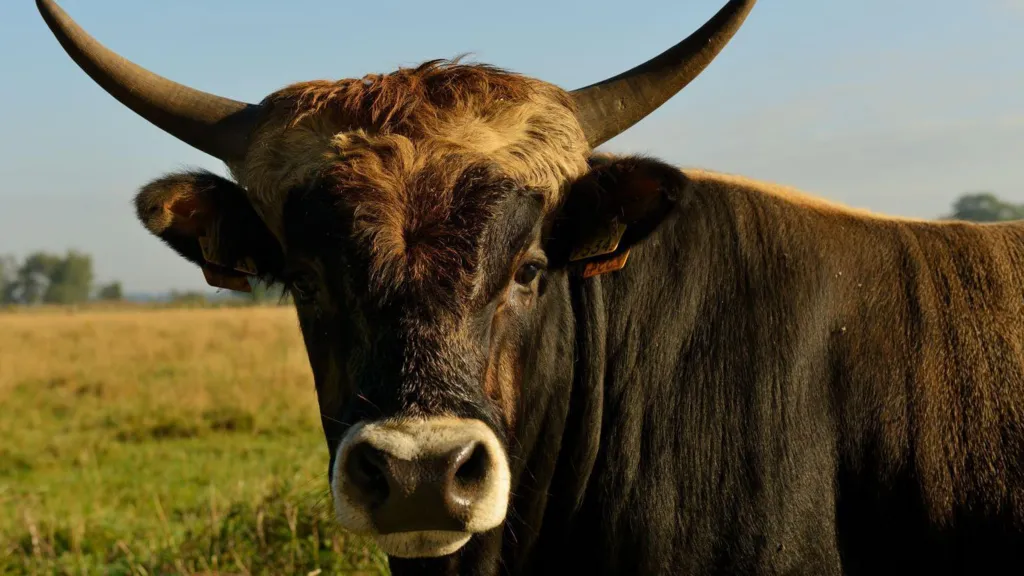Cattle bred to resemble the extinct aurochs, large wild cows and bulls that roamed Europe 400 years ago, could soon be introduced to an estate near Loch Ness.
Aurochs, once found across Europe, including Scotland, were driven to extinction in the 17th century due to habitat loss and hunting. Now, a cross-breed called tauros, which closely resembles these ancient animals, is being considered for reintroduction.

Trees for Life, a conservation group based in Findhorn, has proposed introducing a herd of tauros to its 9,884-acre Dundreggan Estate, located south of Inverness. If approved, this would be the first time tauros are introduced in the UK. The herd would consist of 15 animals, imported from the Netherlands in 2026.
Tauros bulls can grow up to 1.8 meters (6 feet) tall, while cows can reach 1.5 meters (5 feet), similar in size to the original aurochs. By comparison, bulls of Scottish farmed breeds like Charolais, Limousin, and Simmental range from about 1.5 to 1.6 meters tall.

Rewilding Portugal has already introduced tauros to the Côa Valley, an area known for its ancient cave paintings of aurochs, and herds can also be found in the Czech Republic, Croatia, Spain, and Portugal.
According to Trees for Life, the introduction of tauros is legal because they are a cross-breed, not a separate species. The goal is to restore a missing ecological niche and help tackle climate and nature crises.
Steve Micklewright, the charity’s chief executive, explained: “Introducing the aurochs-like tauros to the Highlands four centuries after their ancestors were wiped out will allow us to study how these remarkable wild cattle can be a powerful force for nature restoration.”

The tauros are expected to boost biodiversity. Bulls use their hooves and long horns to dig large depressions in the ground, strengthening their neck muscles by bashing their heads against the sides. These “bull pits” create micro-habitats that can support a variety of insects, small mammals, birds, and plants. Additionally, tauros dung fertilizes the soil, providing food for insects like dung beetles.
The cattle will be carefully managed to minimize human interaction, ensuring their safety and natural behavior.
Micklewright added: “While we all love the Highland cows, with their iconic shaggy coats, tauros are a bit wilder, a bit bigger, and could bring a new sense of excitement to the Highlands.”
The last auroch died in Poland in 1627, but the idea of reviving extinct species through advances in genetics is gaining interest among scientists.
NatureScot, Scotland’s nature agency, emphasized that well-managed cattle grazing is becoming increasingly important for conservation efforts. For example, Highland cattle have been used in Abernethy Forest to improve habitats for rare birds like the capercaillie, and Belted Galloways have helped boost rare butterfly populations in Mabie Forest.
While no licence is required to release tauros as farm animals, NatureScot expects the project to carefully plan for biological, social, and cultural impacts to ensure positive conservation outcomes.
